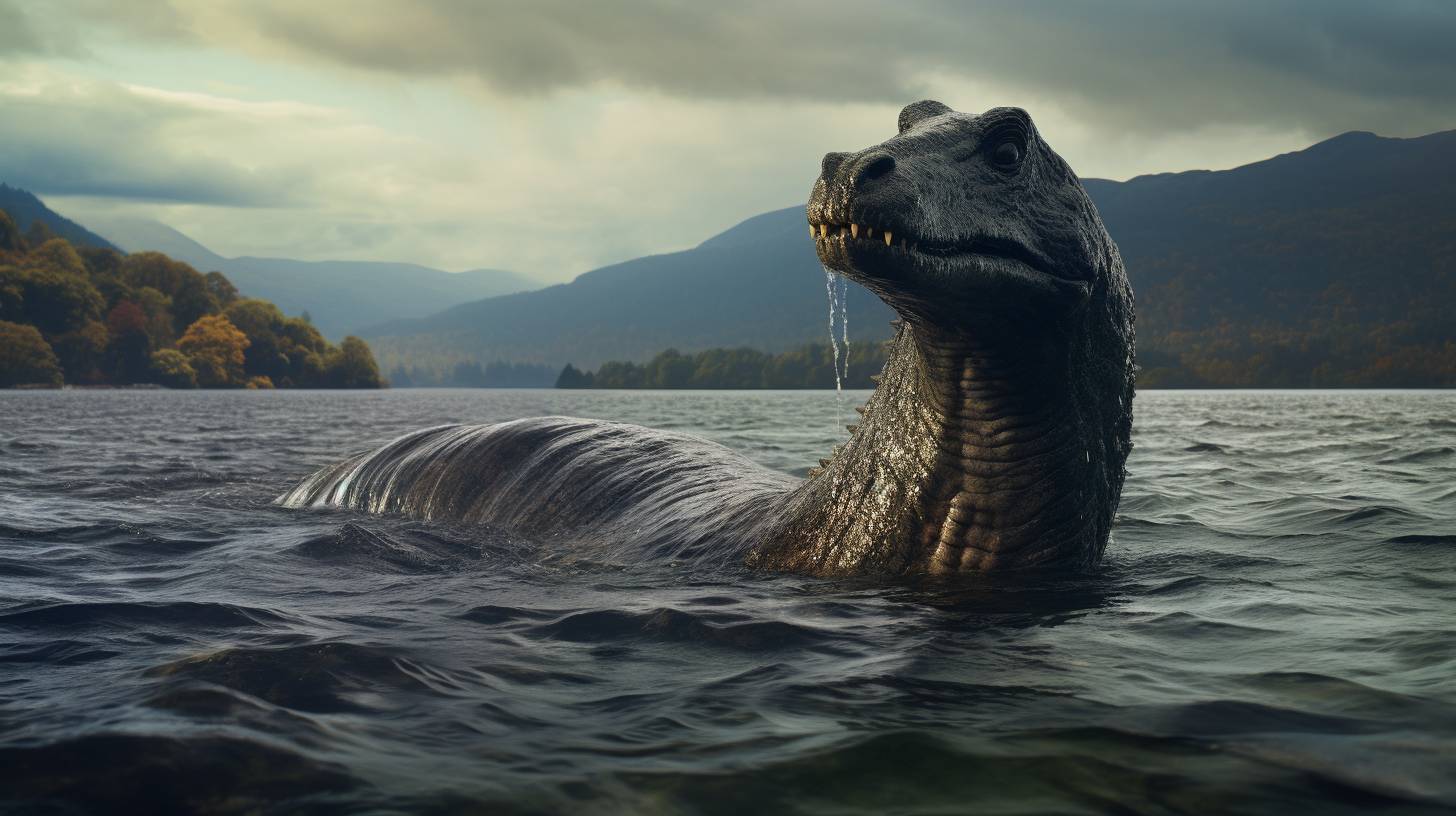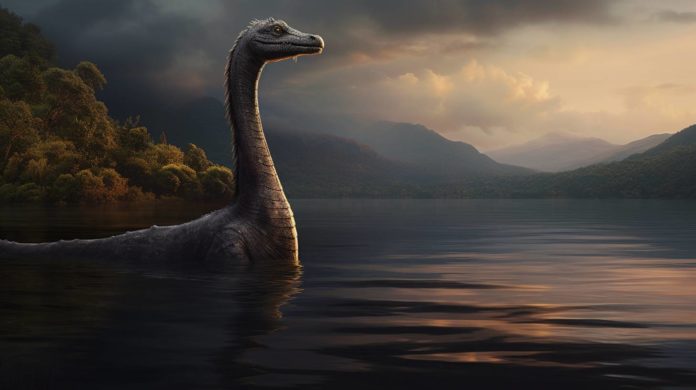The Loch Ness Monster, affectionately known as Nessie, is the subject of an enduring mystery that has fascinated the world for nearly a century. This elusive creature purportedly dwelling in Scotland’s Loch Ness, a freshwater lake of significant depth, is shrouded in myth, lore, scientific interest, and arguably, tall tales.
History of Sightings
Nessie first captured public attention in 1933 when a local couple reported seeing “an enormous animal” rolling and plunging on the water surface. Since then, the Loch Ness Monster has enjoyed a high profile due to several purported sightings and photographic evidence, the most famous being the ‘”surgeon’s photograph” from 1934.
Although the “surgeon’s photograph” was later revealed to be a hoax, that didn’t deter interest in the creature. Sightings, stories, and investigations continue to this day, inspiring numerous documentaries, films, books, and even attracting ‘Nessie Hunters’ from around the globe.
Scientific Explanations and Investigations
One of the more rational theories regarding Nessie posits the creature as a plesiosaur, a type of dinosaur known for its long neck and tiny head – a feature and silhouette often associated with Nessie. However, scientists have highlighted the unlikeliness of a saltwater creature like a plesiosaur adapting to freshwater conditions and surviving millions of years beyond its species’ supposed extinction.
In an effort to substantiate or debunk the existence of Nessie, multiple scientific investigations have taken place. One of the renowned expeditions, led by the British Broadcasting Corporation (BBC) in 2003, utilized 600 sonar beams and satellite navigation to comprehensively scan the loch for evidence of such a large body living beneath its dark waters. The expedition concluded no evidence of a creature fitting Nessie’s description.
In 2019, a group of researchers from New Zealand conducted a study employing environmental DNA (eDNA) sampling from Loch Ness. Although they didn’t discover dinosaur DNA, they found an unexpected abundance of eel DNA. Therefore, they suggested one plausible explanation for Nessie’s sightings could be giant eels.

Cultural Impact
The epic tale of Nessie is not only a scientific curiosity but also a impactful phenomenon in pop culture. From voluntary Nessie hunting expeditions to yearly festivals, Nessie-themed merchandise, illustrator’s depictions to filmmaker’s explorations, Nessie has undeniably played a part in compelling storytelling.
The Loch Ness Monster also significantly contributes to Scotland’s tourism industry. Each year, hundreds of thousands of tourists visit Loch Ness, hoping to catch a glimpse of this legendary beast, injecting millions into Scotland’s economy.
The truth behind the Loch Ness Monster continues to elude scientists and enthusiasts alike. Whether one believes in Nessie’s existence or dismisses it as fervent imagination, there is no denying the intrigue and mystery this cryptid has sparked worldwide.
While science may be the ultimate arbiter of Nessie’s existence, the Loch Ness Monster also serves as a reminder, a symbol of our fascination with the unknown and the human yearning for wonder and excitement. Thus, the enduring charm of Nessie resides not only in proving its existence but also in the tantalizing possibility that somewhere out there, in the deep, cryptic waters of Loch Ness, there might lurk a creature that continues to defy explanation.

 Cryptids
Cryptids